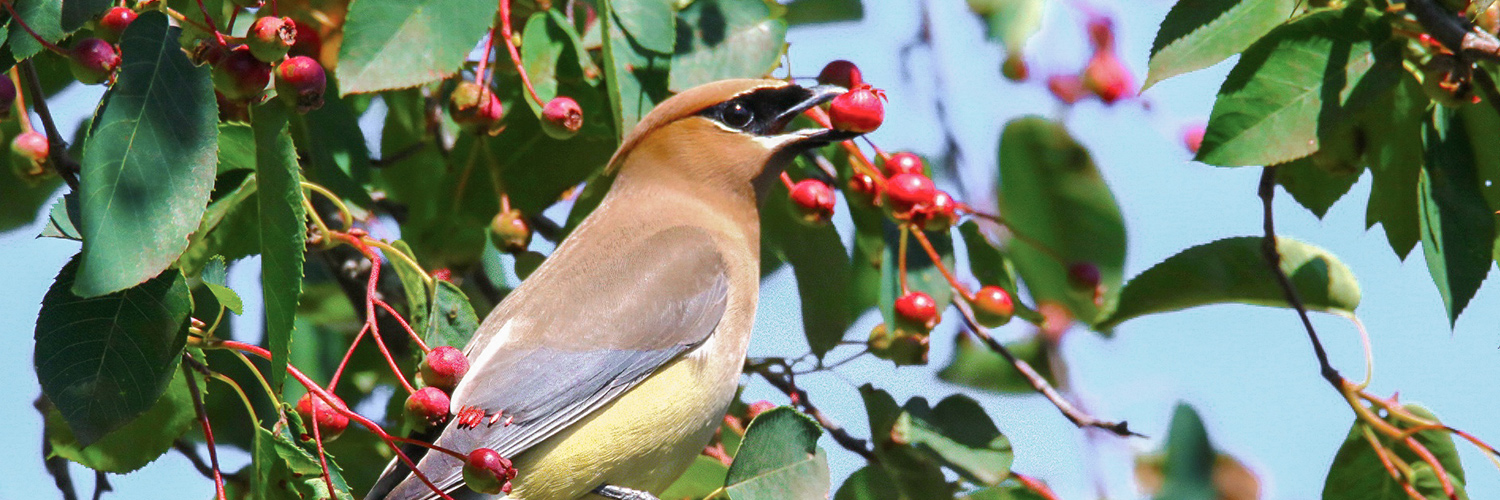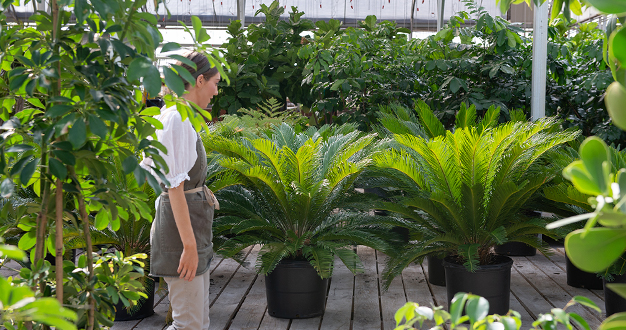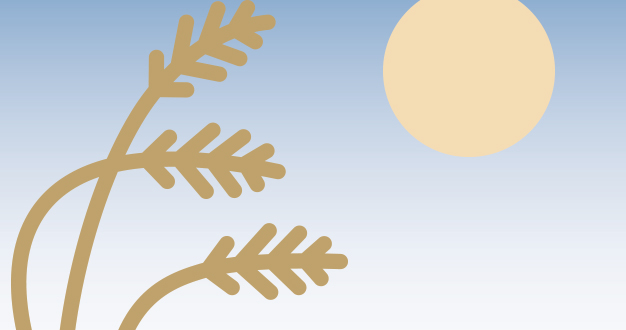
Birds are just like us – they love good food, fresh water to drink, and a safe place to live. Bird feeders can supply one of these needs. But if you’d like to attract a wider variety and greater number of birds to your yard, you’ll want to provide a complete bird-friendly landscape.
To find out how, join us on Saturday, September 22nd, at 10am, for Bird-Friendly Landscapes, the next seminar in our Backyard Naturalist series. Bird enthusiast and local Master Naturalist Jonene Lee has a passion for creating landscapes that provide everything – food, water, and shelter – that make our yards attractive to all kinds of birds. Here, we share a bit about one of the most important things we can do – incorporating native plants into our landscapes.
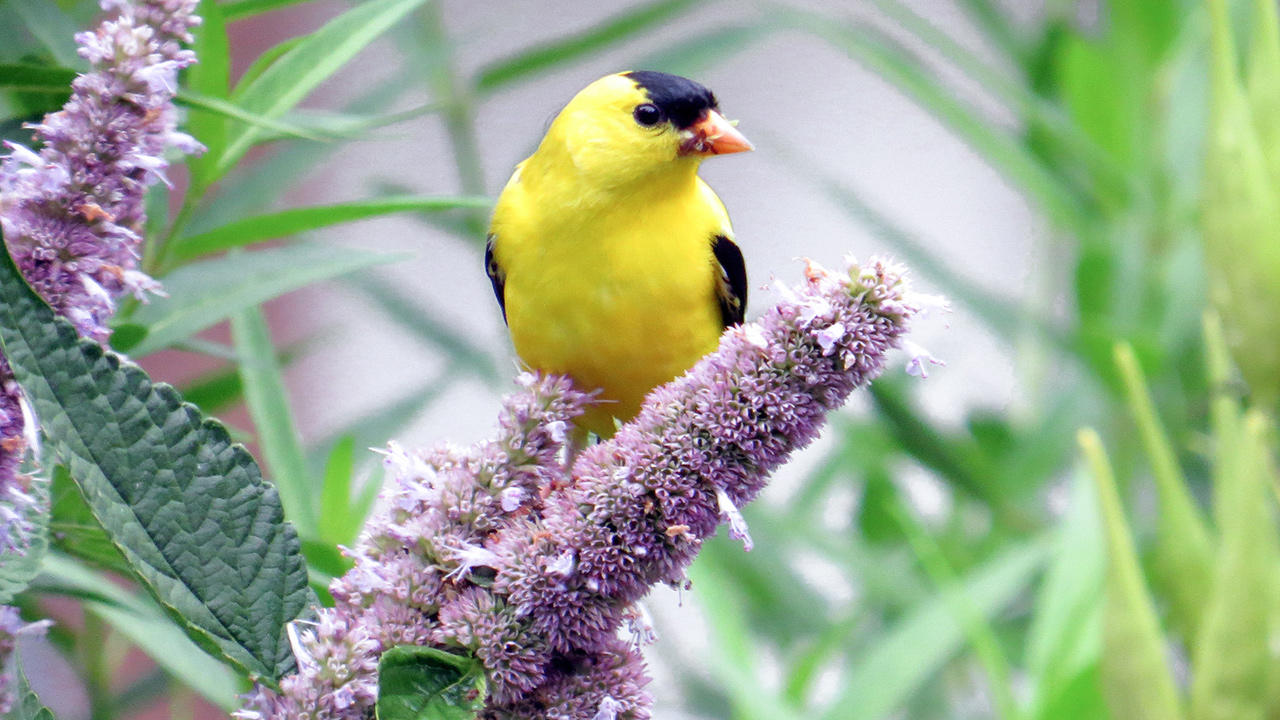
Why Native Plants?
When you think about it, ecosystems have evolved over millions of years – forming a community that functions for the mutual benefit of all that live there. Each species of bird is unique, and they all have their preferences – for everything from the seeds and insects they eat to the materials and spaces they need to build a nest. A typical green lawn provides little that birds look for, but a diverse group of native trees, shrubs, and perennial flowers supplies a smorgasbord of the specific resources they search for. And this is true for both permanent residents and migrating species too.

A Balanced Diet
The berries, seeds, and nectar that native plants produce are important and recognizable sources of the nutritious food birds need to fuel their busy lives. For example, purple coneflower and sunflower seeds are favorites for goldfinches. Serviceberry and other native berries provide late-season fruit for lots of migrating birds. Nectar-producing natives like bee balm, penstemon, cardinal flower, and liatris bring in colorful hummingbirds. And native grasses like big bluestem, little bluestem, and blue grama provide forage opportunities for lots of birds through the fall and winter too.
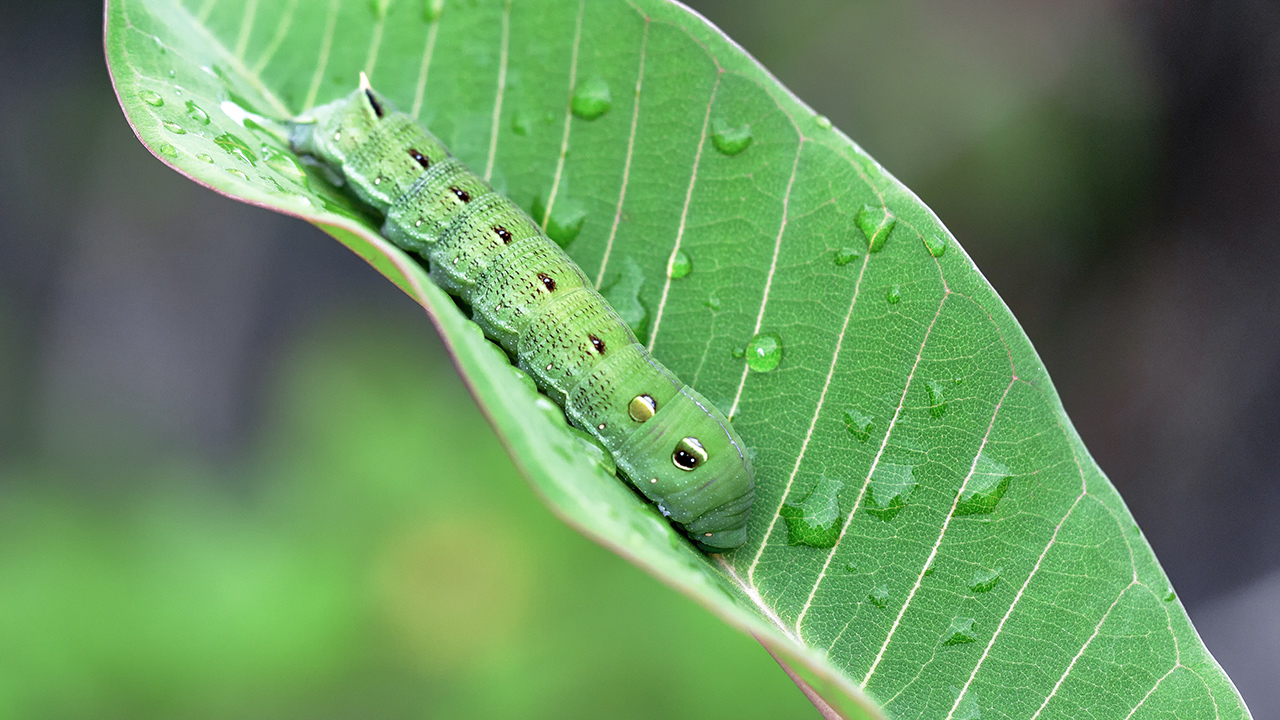
A Place to Raise a Family
Birds not only need to look out for themselves – they spend a great deal of time and energy providing food and shelter for their chicks too. But baby birds can’t eat the seeds and berries we normally think of as bird food. Instead, over ninety-five percent of North American birds rely on soft-bodied insects to feed their young. And this is one of the crucial roles that native plants play in a bird-friendly landscape: offering familiar food sources to the local insects.
In one stunning example, chickadee parents must catch over five thousand caterpillars to successfully raise a single clutch of chicks. Native trees – especially oaks, but also other favorites like willow, birch, and maple – host hundreds of different species of caterpillars, making these trees an invaluable resource for nesting birds. The rough bark on oaks hides a wide array of insects to discover too. Other native plants – such as hawthorn and cottonwood trees, milkweed, and grasses – also offer secure nesting sites or fluffy seeds and fibers that birds use to create comfortable and safe nests.
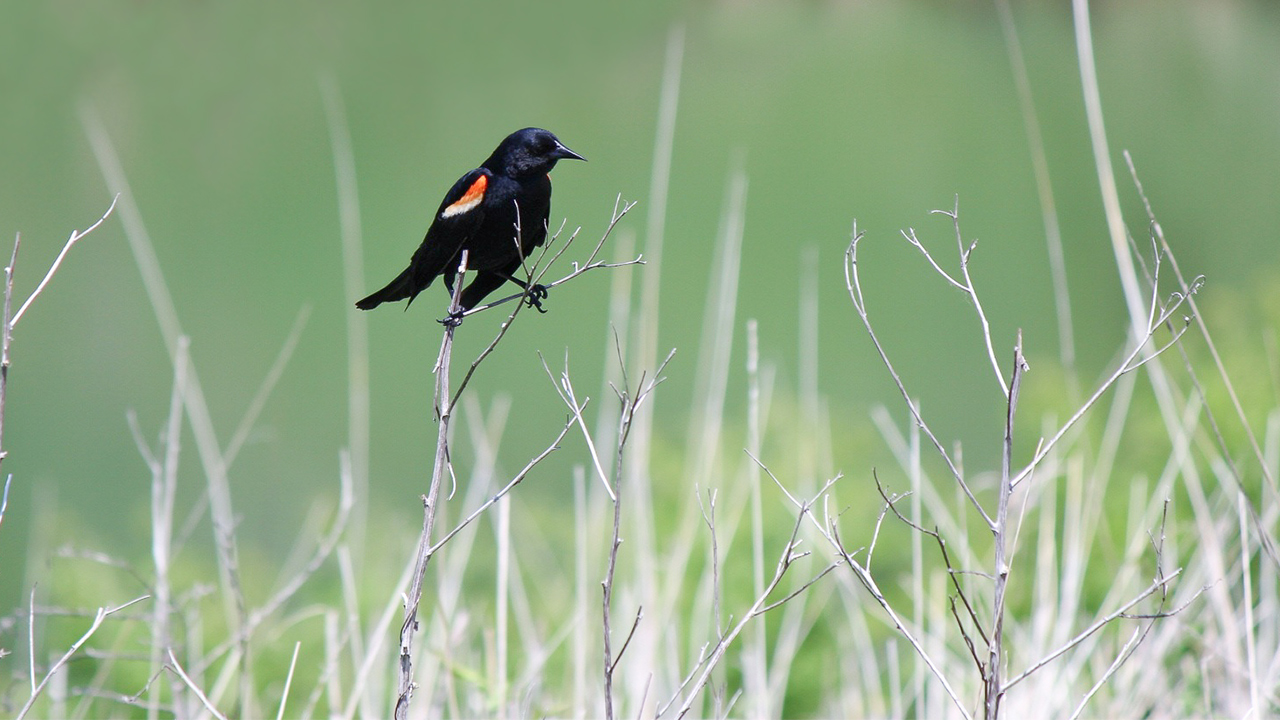
Winter Shelter
Not all birds migrate – many stick around during the cold winter months and need places to roost where they’re protected from wind, precipitation, and predators. Gray dogwood, for example, grows into dense thickets that provide good cover. Native junipers and other evergreens do too. Even native prairie grasses like switch grass and prairie dropseed provide winter shelter – and a persistent seed supply – for some species.
Join Us to Learn More
Planting a variety of native plants is just one way to create a bird-friendly landscape around your home. In our upcoming seminar, Jonene will share simple elements you can incorporate right now to benefit both the birds and your own backyard birding experience. She’ll introduce you to some of the bird species you can expect to see at different times of the year and the resources they look for. She’ll explain how to effectively create layers of height in your landscape to maximize its benefit and attract a greater variety of birds to your space. And she’ll discuss ways we can support our feathered friends heading into the colder season. If you enjoy the color and fluttering activity that birds bring to your outdoor spaces, we hope you’ll join us on September 22nd for Bird-Friendly Landscapes.

